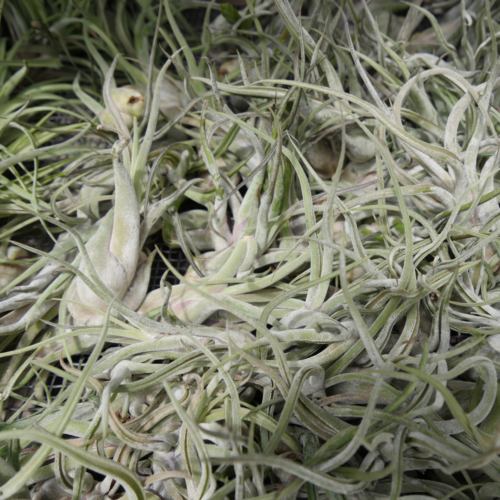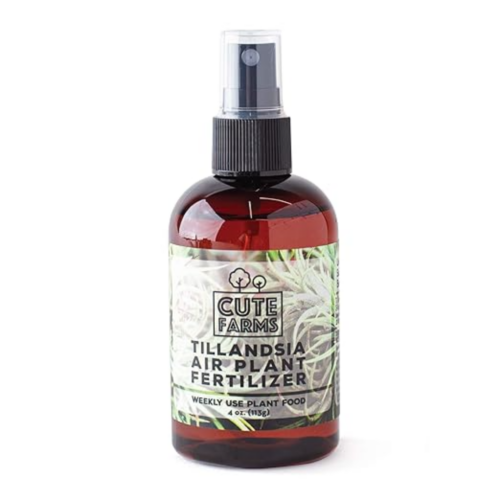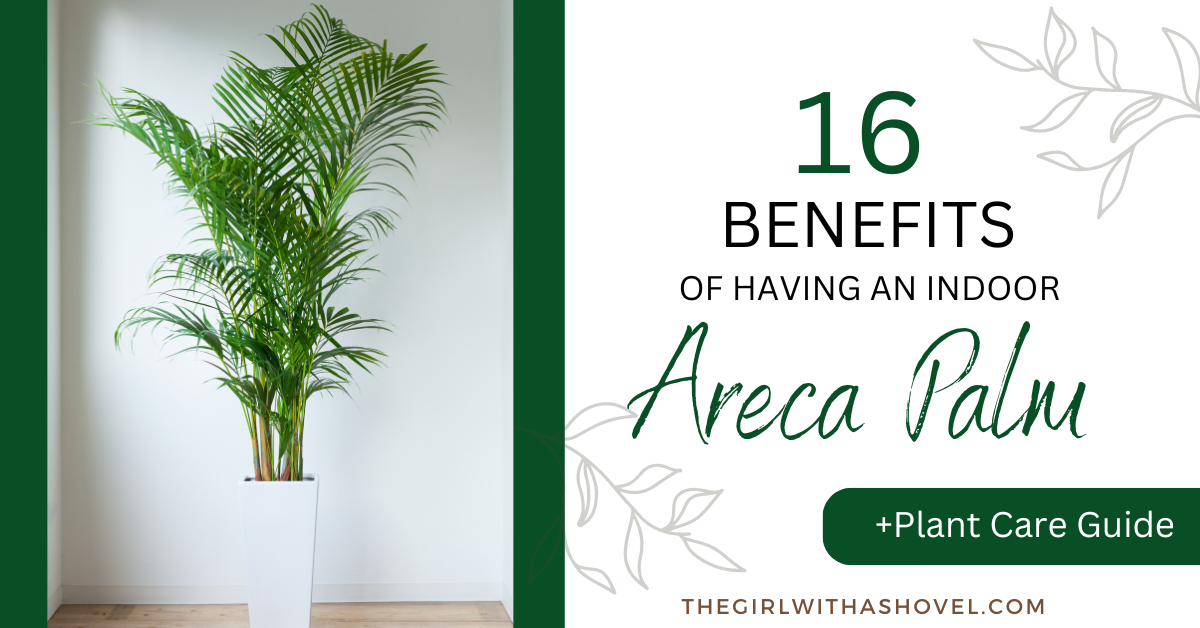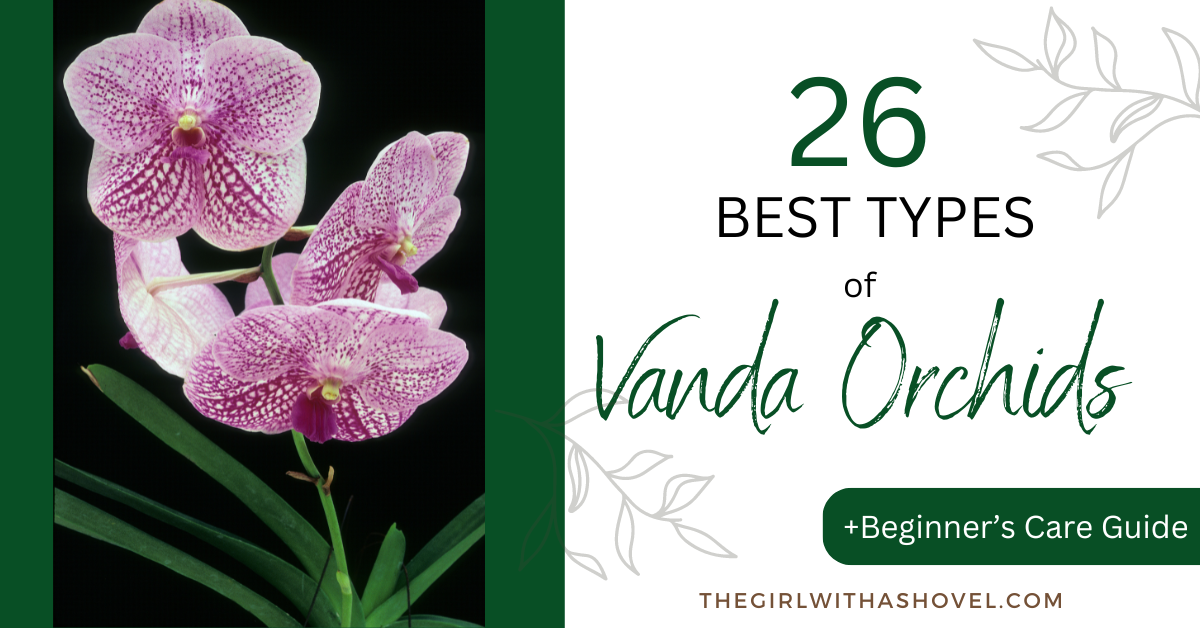Ever wonder how you can skillfully care for and display the striking tillandsia caput medusae? You’re not alone; many indoor plant enthusiasts have been charmed by its unique, crazy look, but have struggled with keeping it alive. Here’s a complete guide on how to care for this air plant so it thrives and looks amazing with minimal time and care!
Here’s what we’re covering today:
- Background and History of Tillandsia Caput Medusae
- Caring for Your Tillandsia Caput Medusae
- Creative Ways to Display Your Tillandsia Caput Medusae

Background and History of Tillandsia Caput Medusae
The Tillandsia Caput-Medusae, named after the mythical Greek goddess Medusa for its resemblance to her snake-haired head, is an air plant native to Central America, Mexico, and certain parts of the southern United States. This unique plant, belonging to the Bromeliaceae family, (so it’s a cousin to bromeliads) is often found growing on tree branches in its natural habitat. This hanging habit of its wildly twisted leaves have also given it the nickname of the octopus plant!
Indigenous cultures treasured tillandsia plants for their therapeutic properties and used it to treat minor ailments. This has created a large pharmaceutical value for tillandsia as a cash crop and has continued its cultivation.
This, combined with the t. caput medusae’s distinct, tubular purple flowers and gray-green tendrils continues to make this variety an iconic member of the Tillandsia genus.

Caring for Your Tillandsia Caput Medusae
The t. caput medusae air plant is similar to most other air plants in their care requirements. This makes it easy to care for, but for those who don’t have experience growing air plants, it can also be difficult. Here, I’ll share some essential, simple tips on how to care for your t. caput medusae in the best and easiest way possible!
Light Requirements
Tillandsia Caput Medusae loves bright, indirect light. As an indoor plant, place it in a well-lit room, preferably near a south, east, or west-facing window. Avoid direct sunlight as it can harm the plant’s foliage. Artificial light is also a good option if natural light is not abundant. This makes it do well even in artificially-lit offices. However, if your air plant is not growing or is looking long and spindly, this could be a sign that your tillandsia needs more light.

Watering Your Plant
Watering is key to keeping your Tillandsia Caput Medusae healthy. This air plant species is native to dry regions, which means it doesn’t need excessive water. A good approach is to soak the plant once a week for about 15-30 minutes and let it dry completely afterwards. Too much water can lead to root rot, while too little can cause the leaves to curl and brown.
If your plant is becoming soft and mushy, this can be a sign that you have overwatered your plant. If it survives, try to add less water, drain excess water, or dry it out better after watering. For more information on how to water air plants (free-standing air plants, as well as plants that are glued to wood or rocks), check out my post on How to Water Air Plants the Right Way.

Temperature and Humidity
Tillandsia Caput Medusae can tolerate a wide range of temperatures, from as low as 50 degrees Fahrenheit to as high as 90 degrees. However, the optimal temperature for its growth is between 70 and 80 degrees. This plant also appreciates good air circulation and humidity, which makes it a good choice for bathrooms or kitchens. Be aware, though, that if your plant doesn’t receive enough air circulation and it stays too wet, it can potentially die from leaf rot.

Feeding Your Plant
Although Tillandsia Caput Medusae gets most of its nutrients from the air, occasional feeding can boost its growth. Use a bromeliad-friendly fertilizer once a month, diluted to quarter-strength. This will provide the plant with the necessary nutrients and allow it to thrive. For information on how to properly fertilize your tillandsia, check out my post on Air Plant Care.

Creative Ways to Display Your Tillandsia Caput Medusae
The wild, curly tendrils of the t. caput medusae makes it a show-stopper, despite its relatively small size. So be sure to maximize this plant’s display to show off (and not hide!) this plant’s showy form!
One simple, yet fabulous way to display your tillandsia is to hang it. Since tillandsias are air plants, they do not require soil or traditional planters. You can hang them in glass terrariums or even directly from your ceiling or wall hooks to embrace a minimalist appeal.

Alternatively, adhering these plants to a piece of driftwood or stone also creates an impressive display, bringing another piece of nature into your indoor space. Be careful when doing this, though, as hot glue can burn your plant.
Also, make sure that your natural plant stand is waterproof, since you will need heavy mistings to keep your air plant well watered. This, or you can soak the entire piece to water your air plant. Just make sure that whatever you choose doesn’t hold trapped water, since this can quickly cause your plant to die.

Tillandsia caput medusae plants can also instill a botanical touch to your bookshelf, coffee table, or work desk when nested in a small ceramic or metallic holder. This adds a lot of texture to a small space, but it is a perfect decor piece for guests to “discover” that will bring a smile to their face!

Conclusion
In conclusion, here are the items we covered in this post.
- Background: Understanding the history and origins of the tillandsia caput medusae give us a greater appreciation for this plant, as well as helps us better understand how to care for it as an indoor plant.
- Plant Characteristics: We explored this plant’s physical attributes and growth habits, adding to the allure of owning a tillandsia caput medusae.
- Care Guide: We covered essential care instructions for light, water, temperature, and nutrients to ensure your plant thrives.
- Display Suggestions: We talked about various innovative methods to display this plant and how it can enhance your living or working space aesthetics.
Now that you know how to properly care for your tillandsia caput medusae, I hope you can have fun with this wild, twisted air plant! It is definitely one that is worth adding to your indoor plant collection!
Happy Digging!
Tillandsia Caput Medusae FAQs
Yes, Tillandsia Caput Medusae does well indoors. It needs bright, indirect light for optimum growth. Positioning it near a window with filtered light would be the ideal location indoors. Try to avoid hot, direct sunlight as this can dry out your plant and cause leaf scorch.
This air plant variety generally needs to be watered once a week. However, in dryer climates or heated indoor areas, misting between waterings can help keep it hydrated. Locations with high humidity can get away with bi-weekly watering.
Brown leaves could be a sign of under-watering or too much sun. If housed in a bright location, consider moving it to a spot with lower light intensity. Increasing watering frequency can also help. Mushy, black leaves on the other hand are the most common problem with tillandisa and is caused by too much watering.
While not a requirement, occasional fertilizing can support growth. You can use a bromeliad-friendly fertilizer at a quarter strength every month during the growing season for added nutrients. Add the fertilizer to your water during the usual soaking or misting of your air plant.



